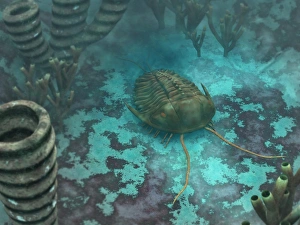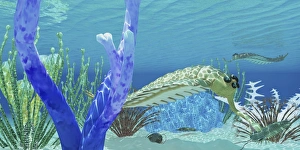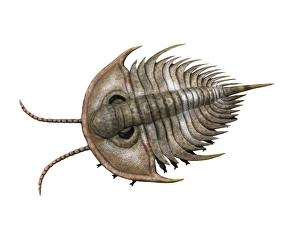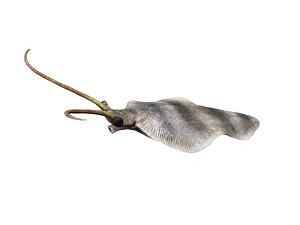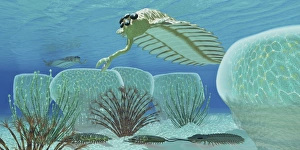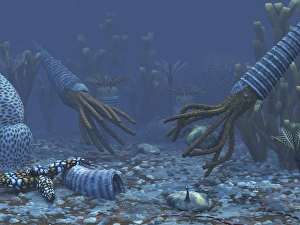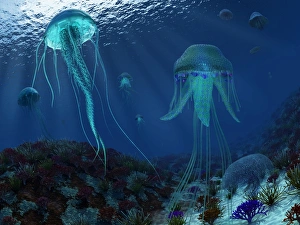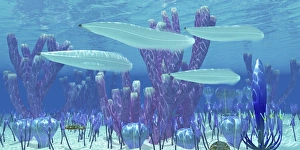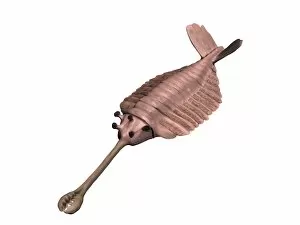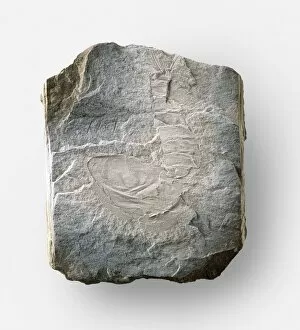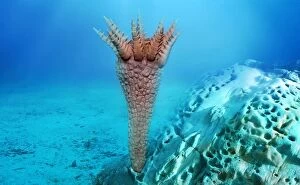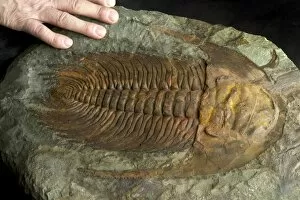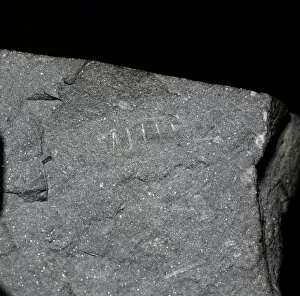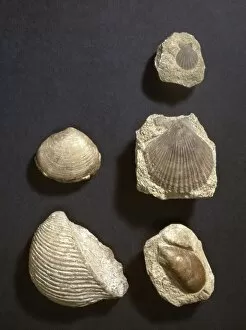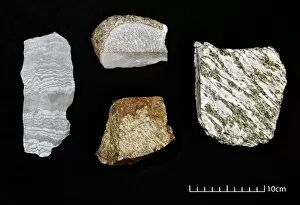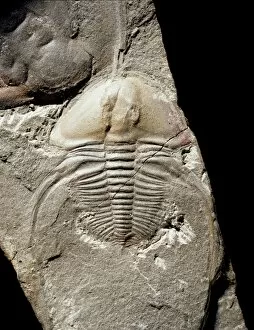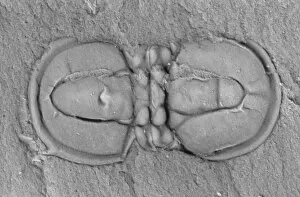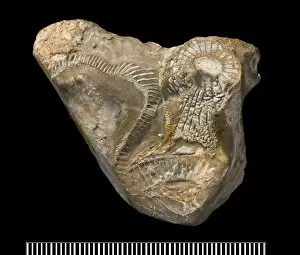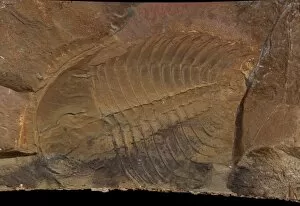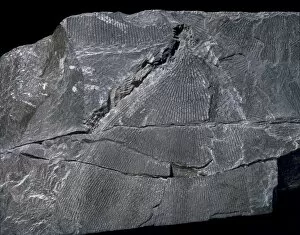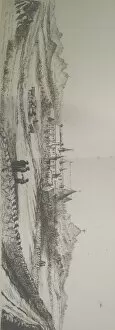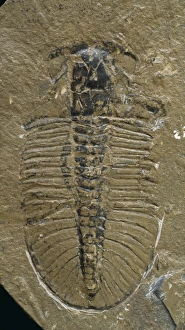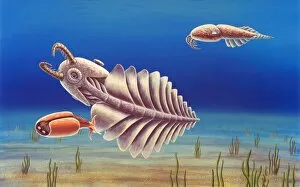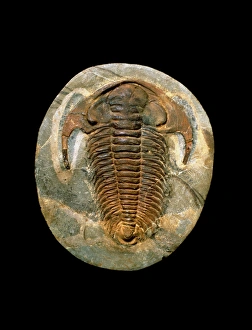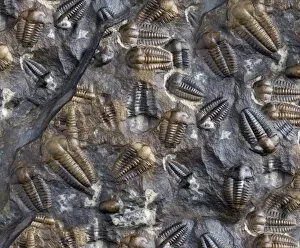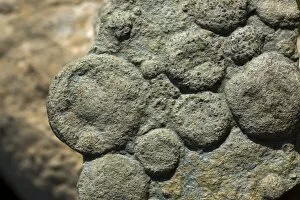Cambrian Collection (page 2)
"Exploring the Riches of Cambrian
All Professionally Made to Order for Quick Shipping
"Exploring the Riches of Cambrian: From Coastal Express to Fossil Treasures" Step back in time with us as we embark on a journey through the fascinating world of Cambrian. 🚂 First stop, the legendary Cambrian Coast Express. This iconic train took passengers on breathtaking journeys along Wales' stunning coastline, offering unforgettable views and memories. Next, let's delve into the depths of history at Cambrian Colliery in Clydach Vale, Glamorgan. Once a thriving coal mine, it played a vital role in powering industries during its heyday. Now, brace yourselves for an extraordinary discovery from 1846 - Victorian Trilobite Paradoxides. These ancient creatures roamed our planet millions of years ago and left behind their intricate fossil imprints that continue to captivate scientists and enthusiasts alike. Speaking of trilobites, feast your eyes upon Ogygiopsis klotzi - a remarkable fossilized trilobite measuring 50mm long. Despite a small fault running through it, this incredible specimen stands as evidence of life's resilience throughout Earth's history. Let your imagination soar as you admire stunning artwork depicting various Cambrian animals and mesmerizing invertebrates. These illustrations bring to life the diverse range of species that once thrived during this pivotal era. But our exploration doesn't end there; let's take flight aboard historic aircraft such as BAC 1-11-416EK G-AVOE or Vickers Viscount 806 G-AOYG and experience travel like never before. As we navigate through Tamworth B77 2 Map, let us marvel at how far we've come since those early days when these routes were first established. The legacy lives on today thanks to advancements made possible by pioneers who paved the way during the age of Cambrian.

